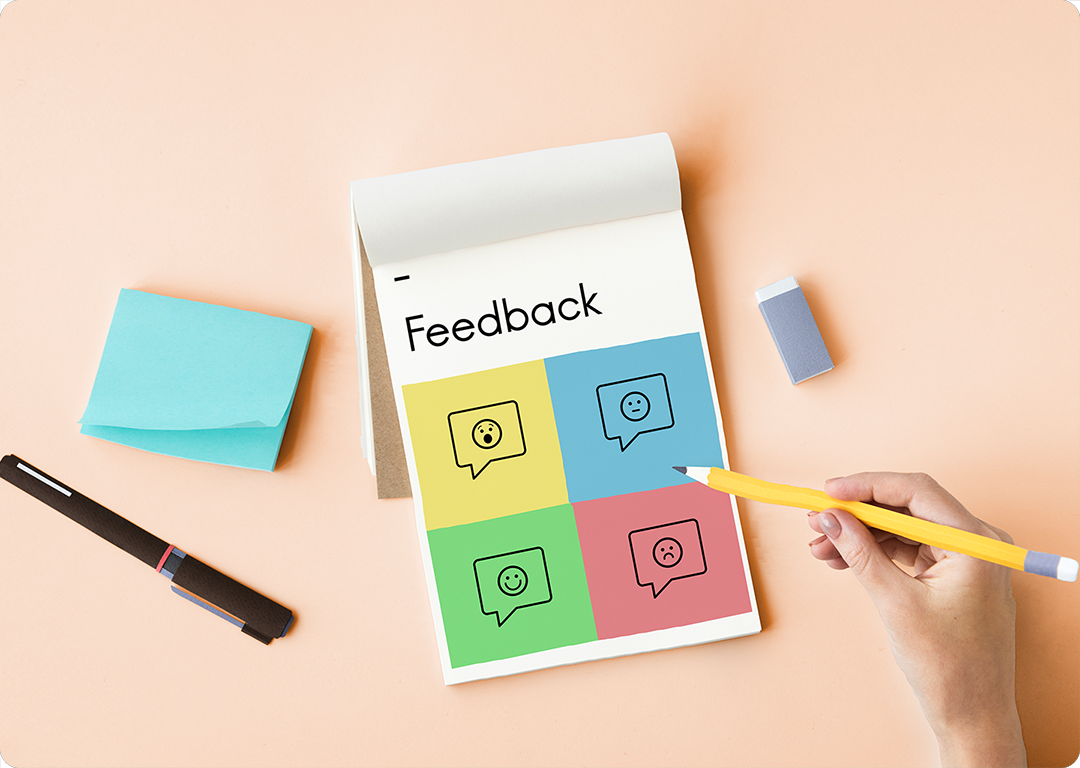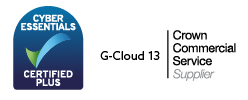
Provide a frictionless experience for your customers at every stage of their journey and build a cohesive customer experience strategy to exceed expectations.
Get in touch
Designing and reacting to customer interactions to meet or exceed your customers’ expectations, and increasing customer satisfaction, loyalty, and advocacy.
Track the customer journey and determine its effectiveness, so you can improve the overall customer experience.
Delivering positive customer experiences is the most important differentiator between you and your competitors and helps to build a strong reputation for your organisation.

Building a self-sustaining network of people, process, and technology is the core of a solid customer experience strategy.
Work with your team to understand what your overall customer experience should be.
Think of what you want customers to say/feel about dealing with your business i.e. our customers say their experience with us is easy, enjoyable, and positive. This will ensure your customer experience strategy is fully customer centric.
Get everyone on the same page by mapping out how you want the ideal journeys to look. Ensure you get input from various departments and understand the feasibility and effects of your plan.
It’s vital to start with the customer experience you’re looking to create and work backwards from there to determine the specific actions/processes you’ll need, and the technology platforms that will help you deliver this.


Our contact centre software platforms were designed with the customer experience in mind.
They help streamline processes and give your employees the tools they need to serve customers seamlessly.
Request a Discovery Call
We understand that it’s not all about the technology.
Creating a consistent, effective customer experience strategy is dependent on a deep understanding of your organisation’s people, processes, and platforms. That’s why we have dedicated CX experts on-hand to run in-depth discovery work, audit your customer journeys and understand where and what to implement to improve.
Building better customer experiences is what we do best! There are so many factors that influence the quality of your customer experiences – whether you’re looking to invest in workforce engagement, want to increase personalised customer experiences, or you’re trying to make it easier for customers to help themselves by providing better self-service options.
Incorporating emotional intelligence into your CX efforts will help create more emotionally immersive experiences for customers.
Emotional intelligence helps agents develop customer service skills like empathy, adaptability, self-control, teamwork, and willingness to improve. Having emotional self-awareness and the ability to admit they don’t have the answer improves communication.
By developing and using emotional intelligence as part of your customer experience strategy, your staff will be able to differentiate your brand by providing emotionally connected customer contact, and your organisation will become more customer centric. Customer satisfaction and customer retention increase with emotionally intelligent support teams.
Your customer experiences should be easy, effective and elicit emotion.


Make the most of voice of the customer (VoC) programs and use NPS, surveys and feedback loops to help you monitor your CX quality and trigger changes/improvements when and where needed. By regularly listening to and analysing your customer interactions, you can gain a deeper understanding of your customer journey and key interaction points and identify what’s working and the areas that need improvement.
Employee reviews are just as important as customer reviews. Customers will often consider your ethics, brand, and values before buying from you. Employee reviews can help shed more light than customer reviews since they provide an inside look at your business. It’s vital for your business to listen to this feedback when it’s given and make the appropriate changes. Presenting your brand as one which respects constructive criticism and taking the time to regularly solicit feedback from employees will help you measure and assess the impact of various touch points in the employee journey.
There’s a direct link between your employee experience and the customer experience, and it’s hard to improve one without improving the other.
When you’re succeeding with your workforce engagement efforts, your people feel valued, trusted, and respected. Investing in personal and professional development for employees alongside investments in your business means they feel appreciated for both the work they do, and the people they are.
It’s important when you’re thinking about customer experience that you don’t lose sight of who deals with your customers. Truly great customer experiences give your customers the chance to connect on a personal level with your business, and typically this happens when they connect with an agent. Positive customer experiences are all about human connection, which is why happy agents typically translate to happy customers.
By investing in training, engaging, and providing the right tools for your employees, you can ensure they want to do better for customers (and your business). Loyal, engaged employees are more likely to “go the extra mile” to help customers – which in turn creates better experiences.
Similarly, recruiting and training the right type of people for front-line roles is crucial; you can train skills, but you can’t change attitudes.



Route 101 Ltd.
The Conifers, Filton Rd
Hambrook
Bristol BS16 1QG

All Rights Reserved / Route 101 Ltd. / Company Registration Number 08325675